Open House London 2021
A roundup of the talks and events I made it to as part of Open House 2021. A mix of old and new this year, with a particular focus on my new neighbourhood of South East London.
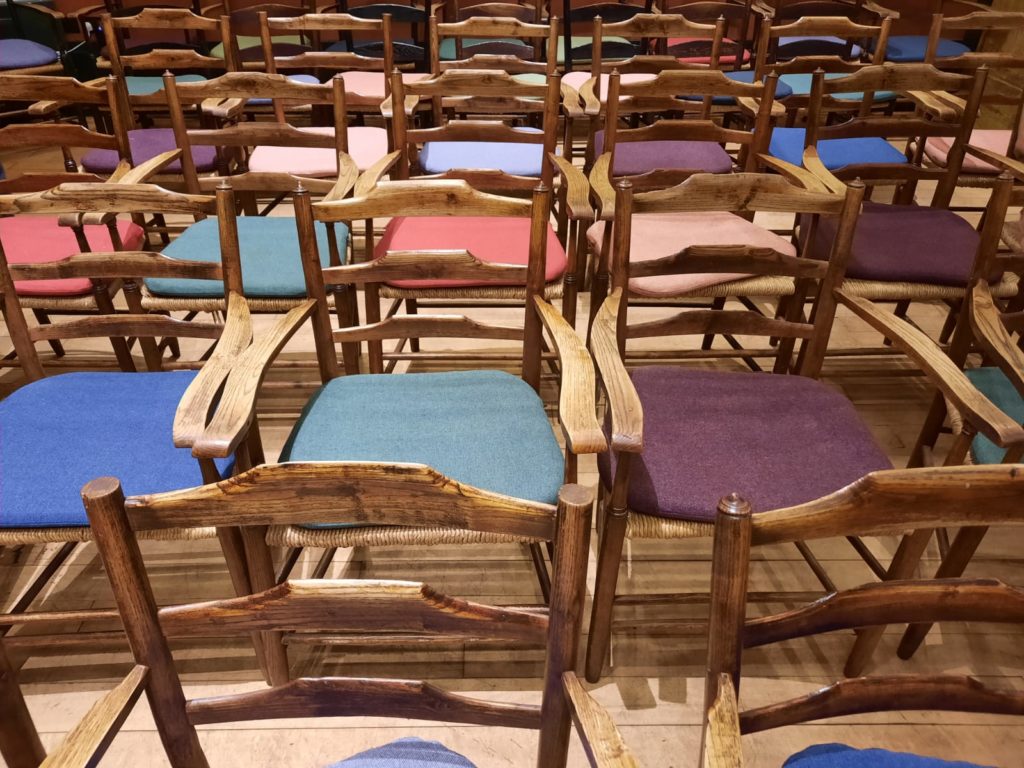
Open House London 2021
It’s that time of year again! 2020 was the first time I was ever organised enough to make it to Open House, the “the largest celebration of the urban landscape in the world.” It was even my top pick in the Salterton Arts Review 2020 Countdown. Where last year felt quite tentative, however, as we all figured out how to do things in a relatively Covid-secure way, this year felt more confident. I did miss having a handy app for all my bookings (not sure why that was discontinued), but was able to get to even more events – five in total vs. three last year. And I could have got to even more if I hadn’t been about to head away for a few days – Open House now officially spans two weekends to reflect increased demand in recent years.
So just in case you haven’t been an avid reader of the blog for the past year, let me recap. Open House is an annual festival with an architectural focus. The primary feature of it is that you can visit buildings (or parts of buildings) that are not normally open to the public. These might be public buildings, or even private residences. They might be very historic, or recent builds or renovation projects. But since I like history and my partner likes architecture, it’s something we can enjoy together.
I focused this year on things that could be pre-booked. This is partly so I knew I could pack a few things into a day without too much queuing; and partly because I’m still fairly Covid-cautious so wanted controlled numbers. I’ve described them below in the order that I saw them in. If any of them (or the concept in general) wets your whistle, there is more to see this coming weekend. Check out the website here.
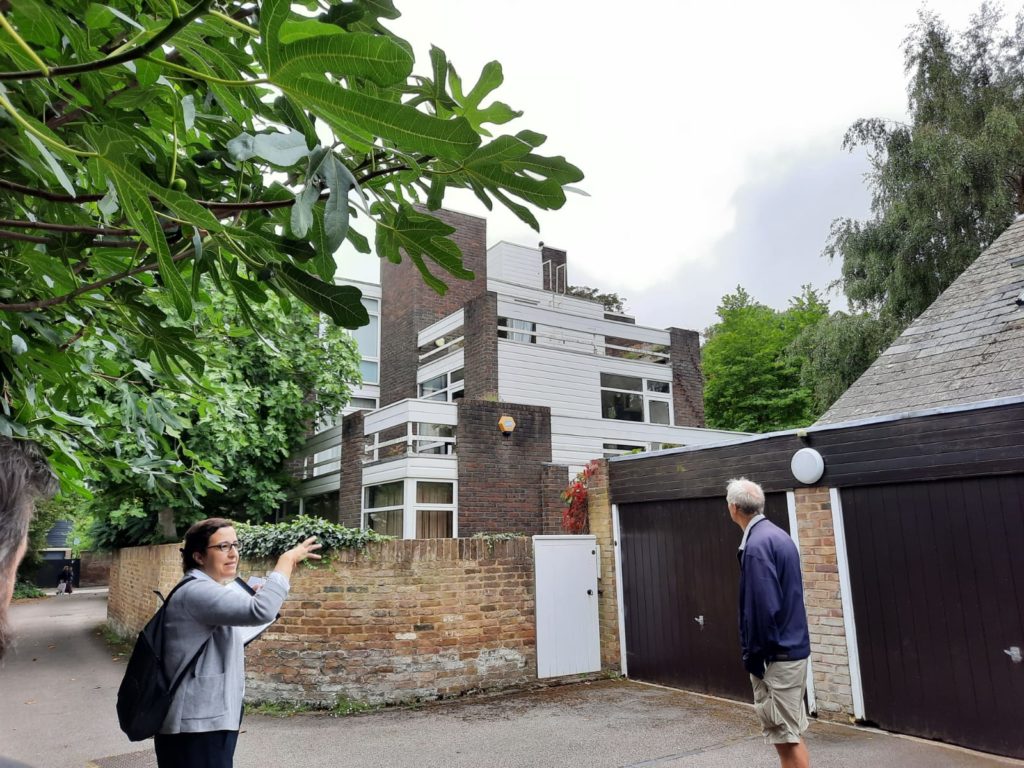


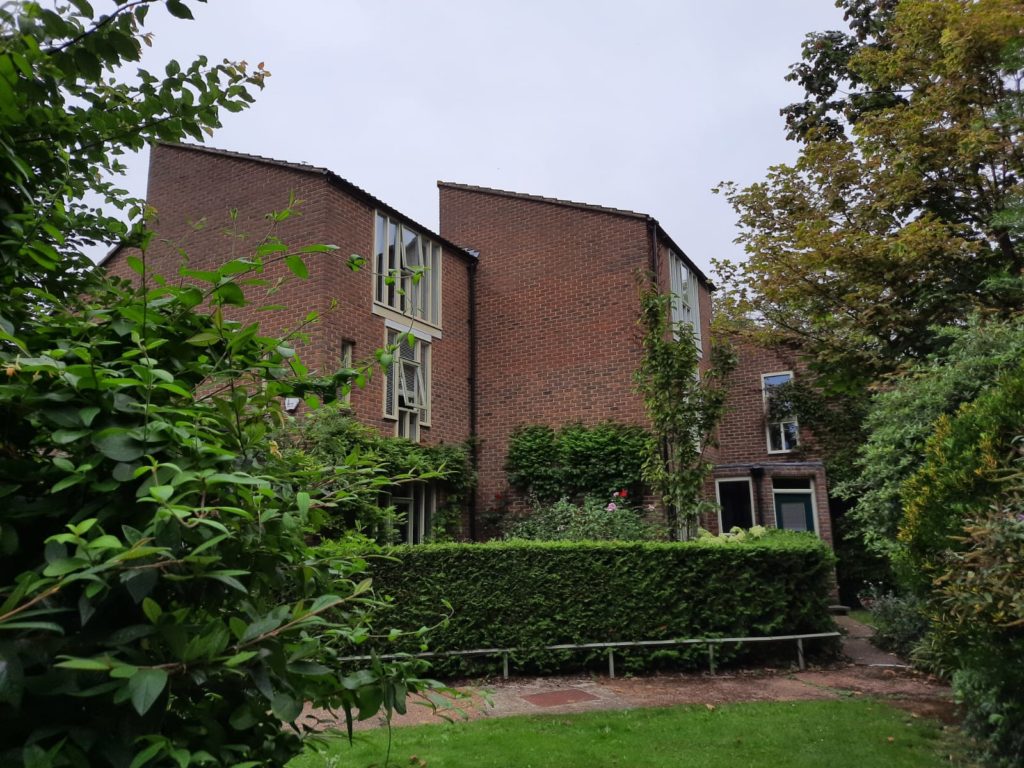
Modernist Architecture Walk, Blackheath
The first thing that we did during Open House 2021 was a Modernist Architecture walk in Blackheath. Local architect Ana Francisco Sutherland led us around some of the modernist neighbourhoods on the Cator Estate, formerly private land in South East London where, in the 1950s-1990s, a number of interesting modernist and post-modern estates were built. The company responsible for the most interesting designs was Span Developments, with Eric Lyons as consultant architect.
What sets Span apart is its market, and its approach to surburban planning. Span were not building homes for wealthy clients, but for the middle classes – many estates have a mixture of flats, terraces and some detached homes. Lyons and Span also built with a sense of community. Wherever possible, the estates have shared gardens rather than smaller private gardens. This makes them very pleasant places, with a focus on community interaction rather than handy off-street parking (garages are mostly concealed).
Francisco Sutherland lives on the Cator Estate, so was a knowledgeable and passionate guide. If there was a downside, it was that the Cator Estate community is quite insular, so walking around and admiring the architecture felt a little ‘forbidden.’ She is working on a book on the development of the area which will be something to look out for in future. The walk will be repeated on 11 September; it’s currently fully booked but keep an eye out for returns on the website.
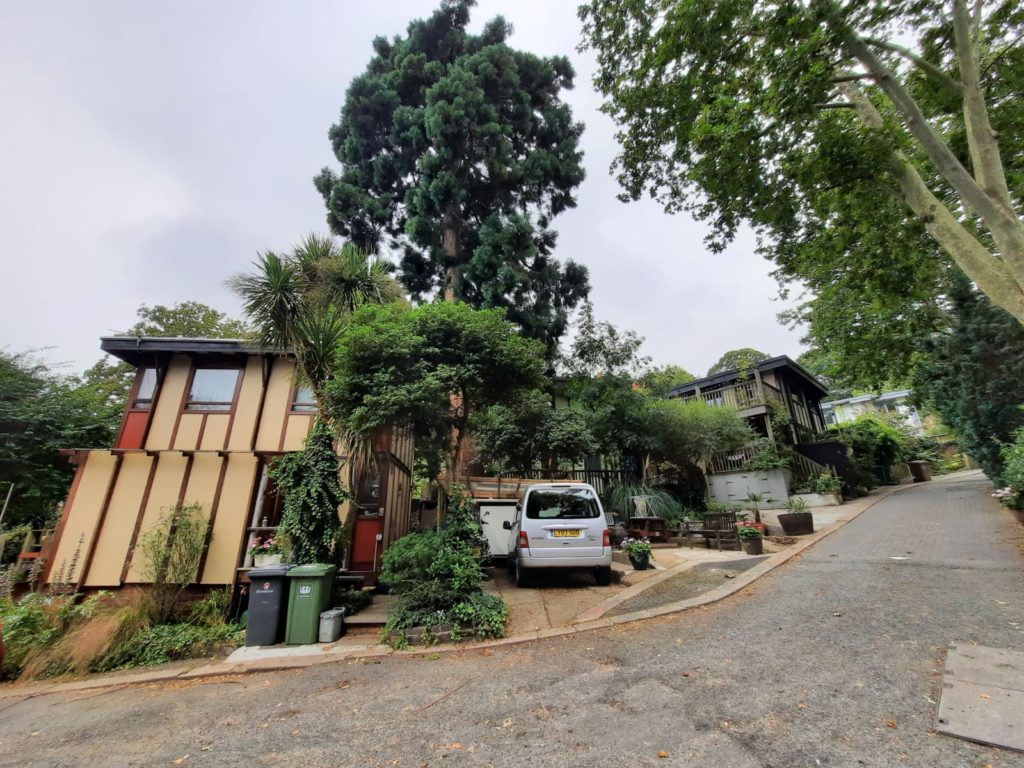
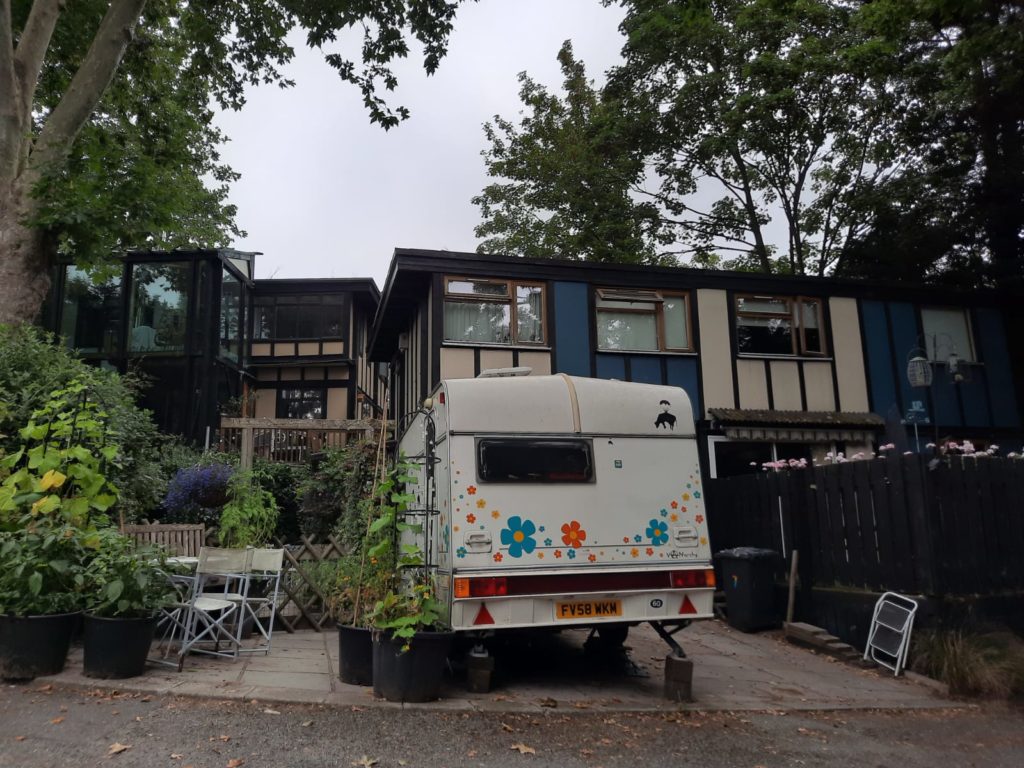
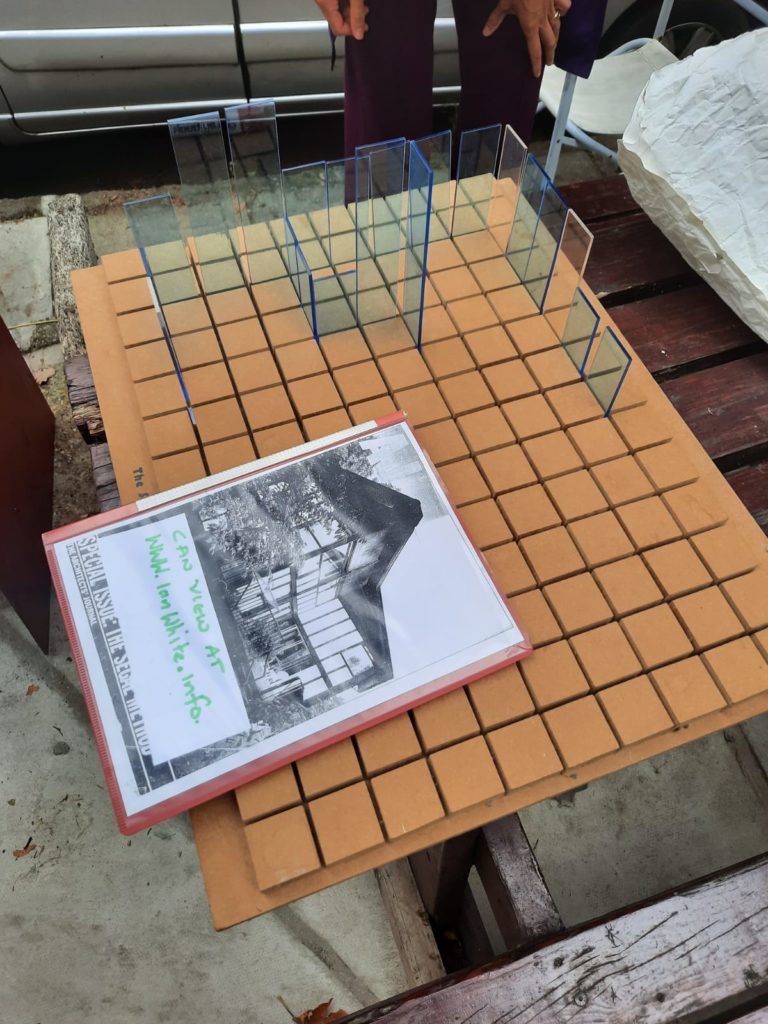

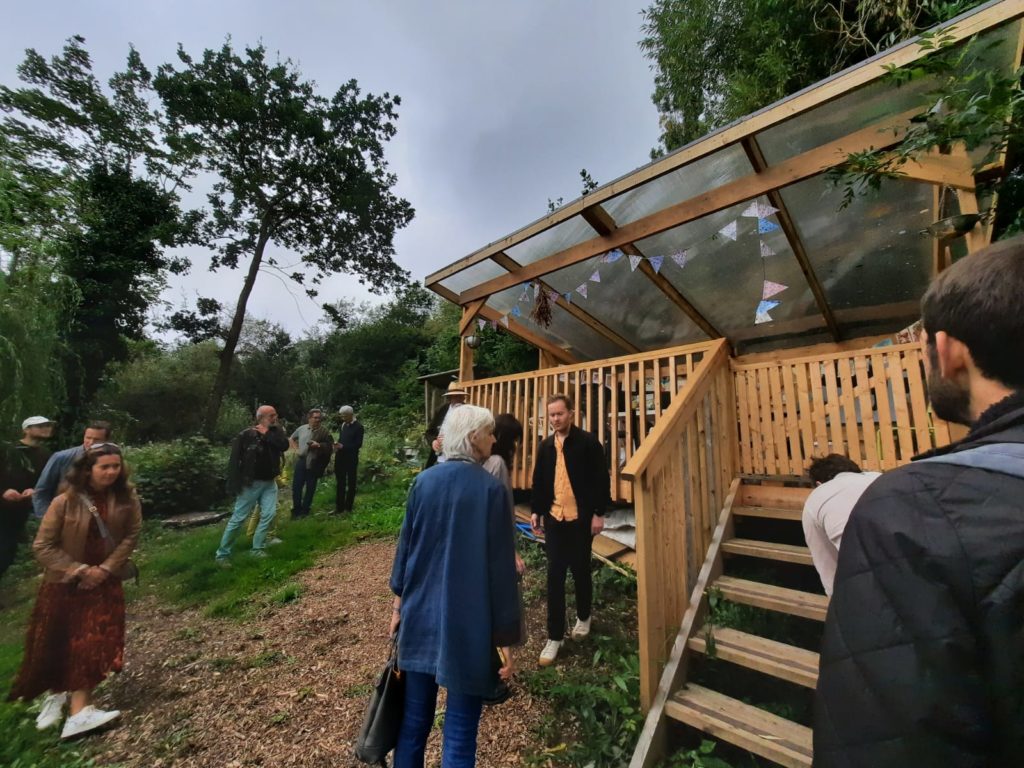
Walter Segal Self-Build Homes, Honor Oak Park
After our walk around the very carefully designed Span estates in Blackheath, this second event in South East London felt quite different. Not far from where we live in Brockley, there is a street of self-build homes, part of a radical 1980s scheme by Lewisham Council. Following the building principles of architect Walter Segal, Lewisham Council took people from their housing waiting list; taught them rudimentary building skills; and then helped them to build sort of kitset homes on this steep, narrow site near Honor Oak Park.
Have a look at the model in the middle image to get an idea of the Segal building method. It’s a little bit like Tudor half-timbered houses. You basically plan where you want the upright beams to be, and then the walls are sandwiches of heavy duty boards/insulation/plasterboard. This makes it extremely flexible – if you don’t like where your window or door is, you can unscrew some panels, shift things around and screw it back together. Likewise if you want an extension, you can tack one on. The houses are a few decades old now so a few things are different, but they are still very recognisable once you understand the principles.
One of the residents gave a talk on the Segal method and the building of the street; then led us to some nearby allotments where a newer shelter allowed us to see the ‘bare bones’ of a Segal-style building. It was fascinating, and the atmosphere more inviting than the Cator Estate. In fact, the steep slope and self-build style reminded me a lot of my native New Zealand, where there are a lot fewer streets of matching homes.
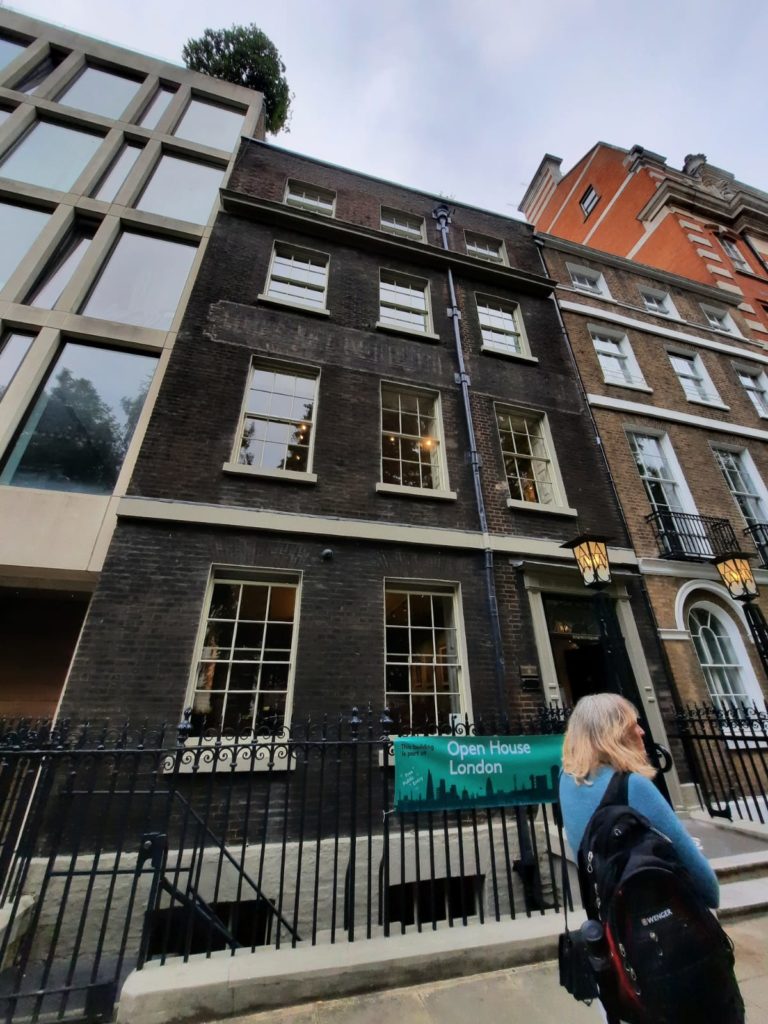

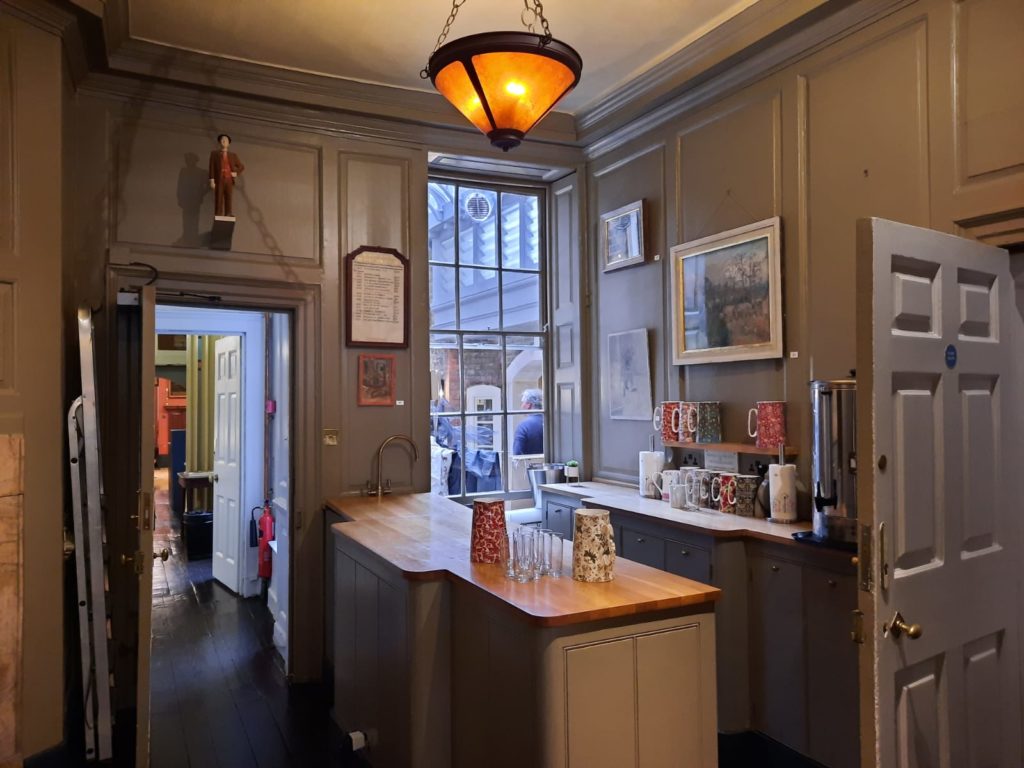
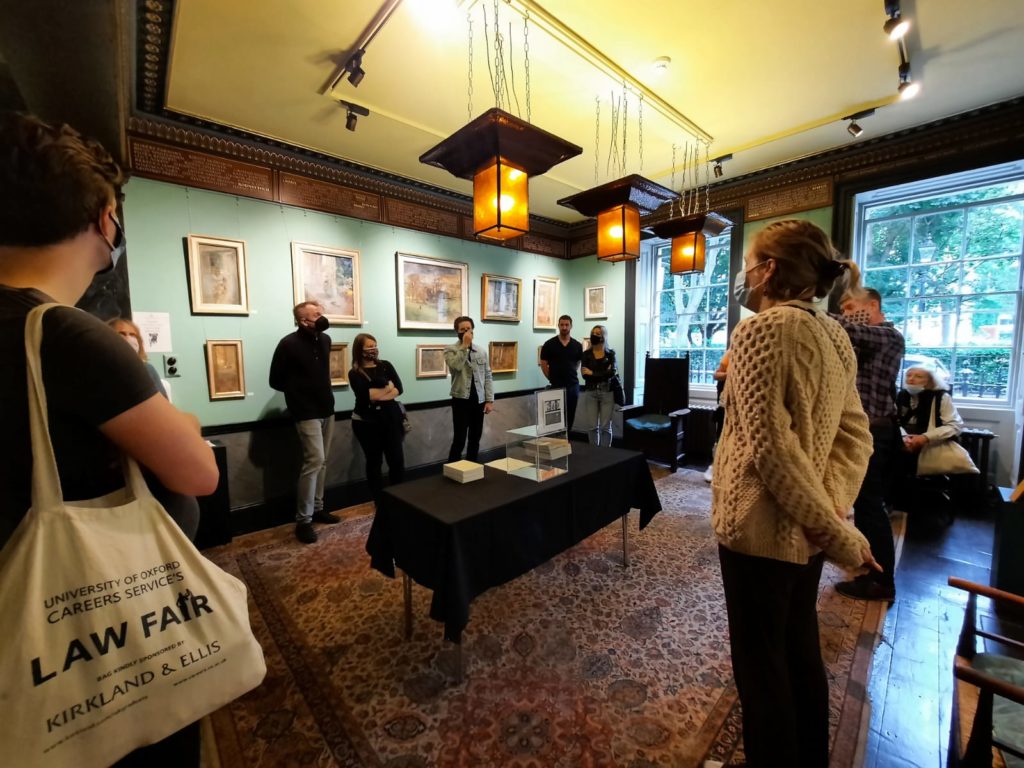

Art Workers’ Guild, Bloomsbury
Our third Saturday visit was to the Art Workers’ Guild in Bloomsbury. I wasn’t aware of this organisation previously, but now wish I was a member. The Art Workers’ Guild dates to 1884. Its founders were young architects and designers who wanted fine arts and applied arts to be on an even footing. If this sounds like a William Morris-y kind of place, you won’t be surprised to find out he was Master of the Guild in 1892. Today, the Art Workers’ Guild has Brothers (male and female) from a broad range of crafts. There are glass engravers, furniture makers, artists, filmmakers and more.
The Art Workers’ Guild has occupied a Georgian terraced house in Bloomsbury for a century or so. We were given a guided tour by their Honorary Architect (and member) Simon Hurst, followed by a talk on the Guild by current Master Alan Powers. This event was my pick of Open House 2021. Both Hurst and Powers were interesting speakers, and so passionate about the Guild. Hurst explained his sympathetic approach to architectural interventions, helping to modernise the building without losing its historic character. And Powers gave us a run down on key events and figures in the history of the Guild, while we sat on the handcrafted chairs you can see just above.
I loved it. I can’t think of anything better than being a member, coming to talks about fascinating topics and discussing crafts with like-minded individuals.
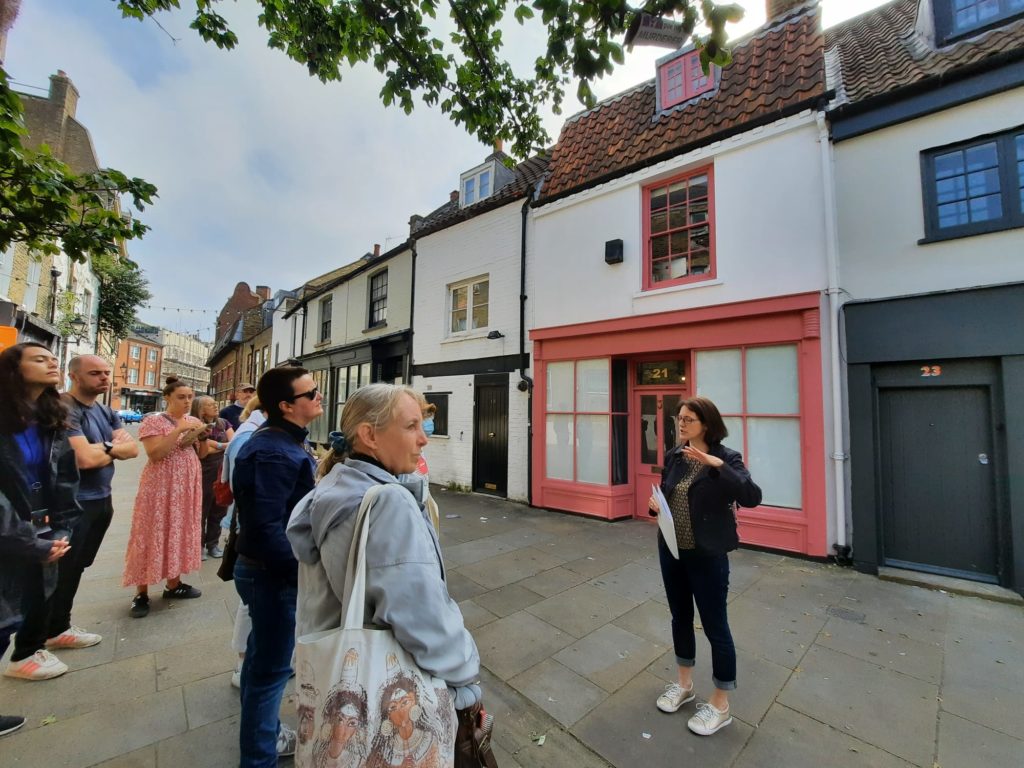
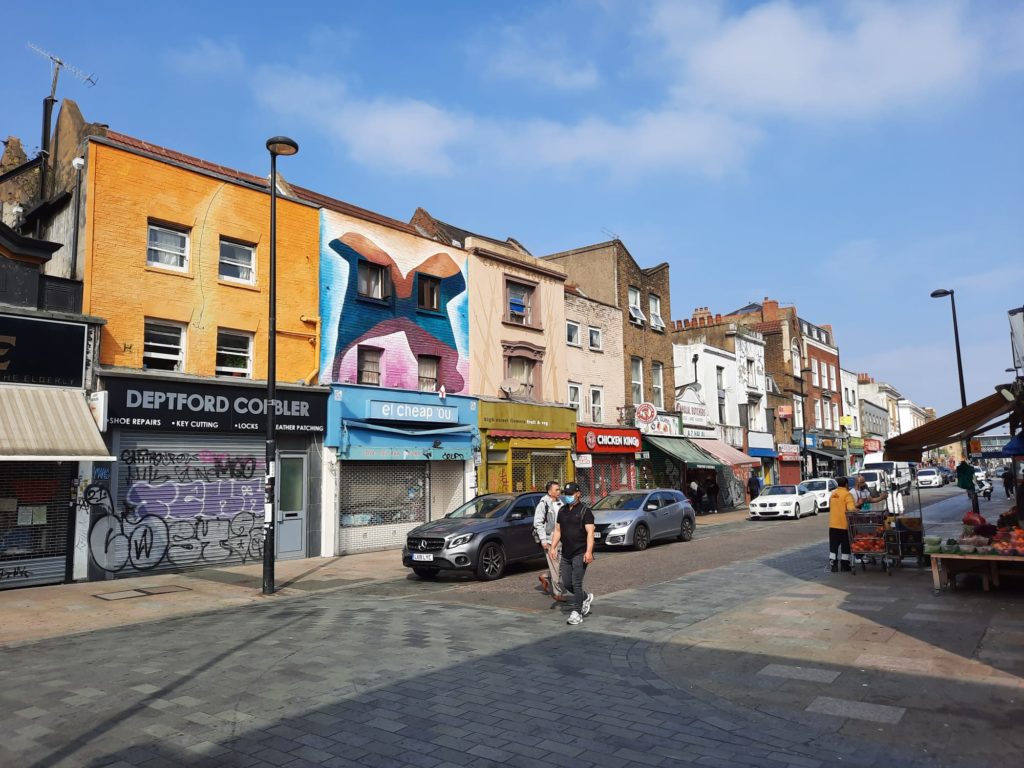
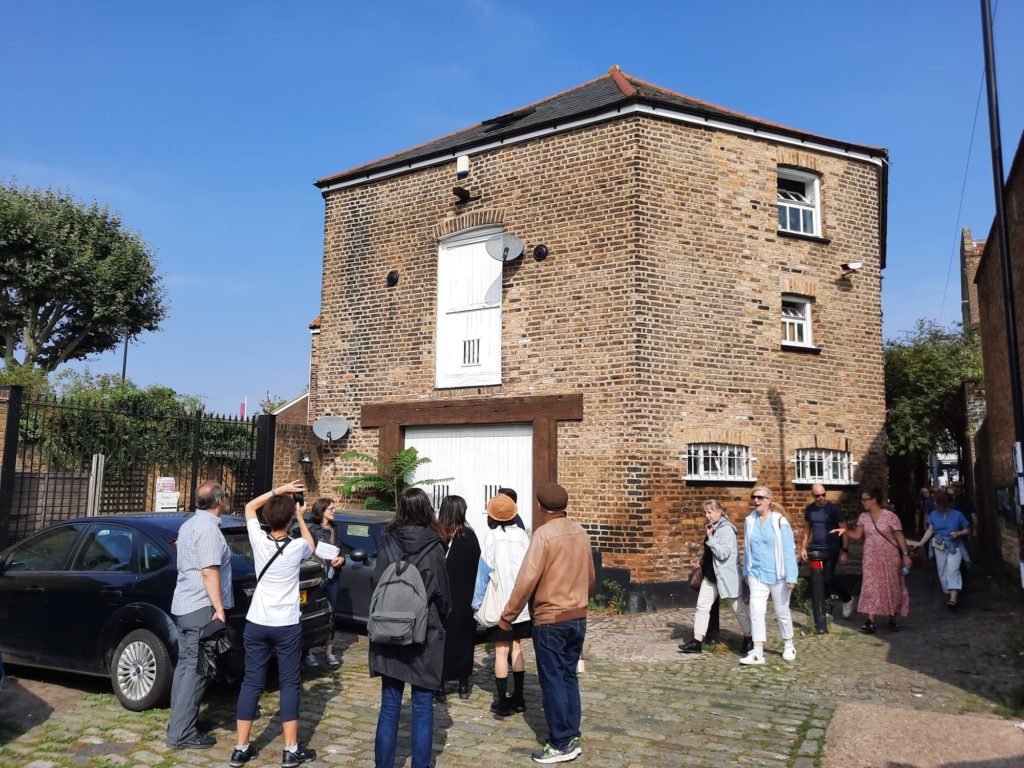


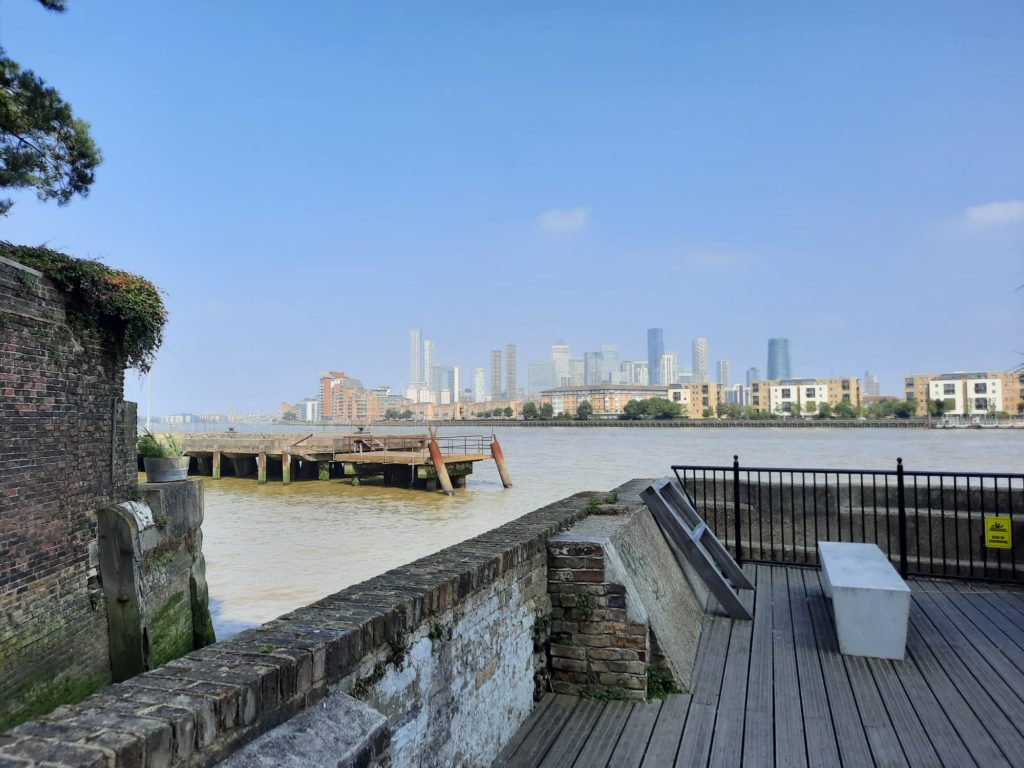
Deptford Walking Tour
Over to Sunday now. And our first activity was another guided walk, ‘Historic Deptford – a walk from the Creek to the Thames.’ Led by a Conservation Officer from Lewisham Council and supported by the Deptford Society, this walk showed me a whole new side of Deptford. Literally. I had never been past the Deptford Bridge end of Deptford which, as it turns out, is not its best side… This is where we met, before walking along Deptford High Street; past new development around Deptford Station; and as far as the Thames next to the former royal dockyard.
Like the walking tours I went on in Venice last year, this walk taught me a new way to ‘read’ the built environment in Deptford. For example, the higgledy-piggledy buildings along Deptford High Street – a result of Deptford being outside London at the time and therefore less subject to planning regulations. We saw a hayloft, a remnant of Deptford’s agricultural past. And a unique carriage ramp, a survivor of Deptford’s astonishingly-early 1836 railway.
It was very interesting to hear the perspectives of a council representative and local amenity society. And also interesting to get a completely new perspective on a nearby neighbourhood. I enjoyed ending the walk in a spot with as much history as Deptford Dockyard; with Tudor, naval and wartime history as well as a future tale of urban regeneration to tell.

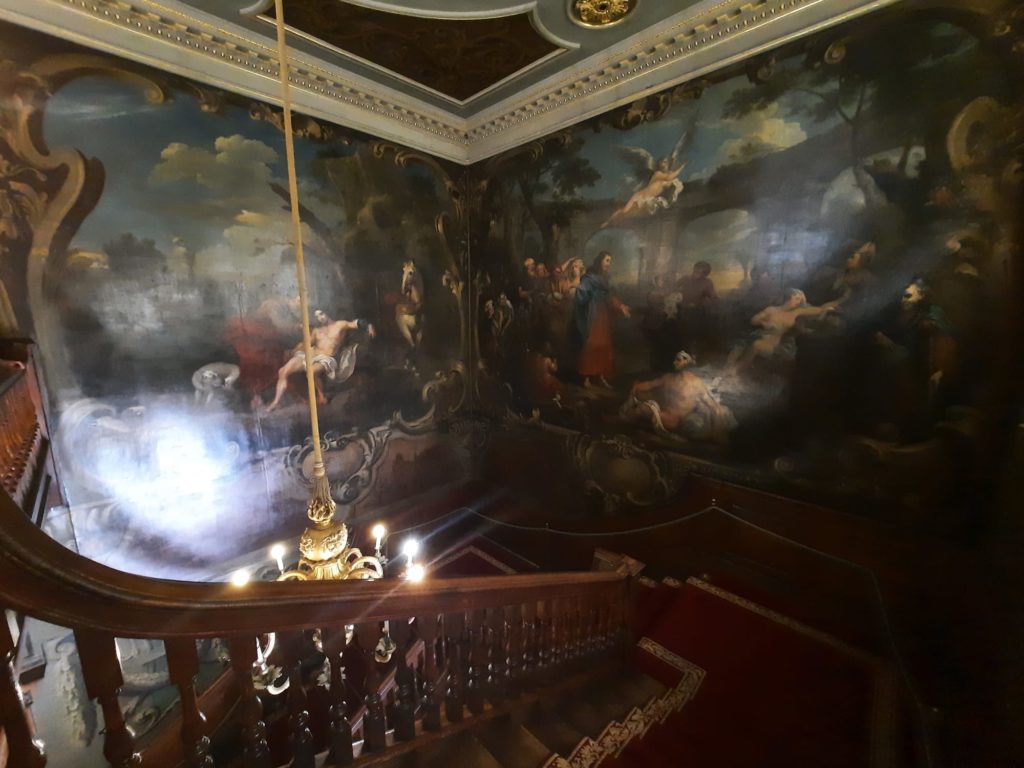
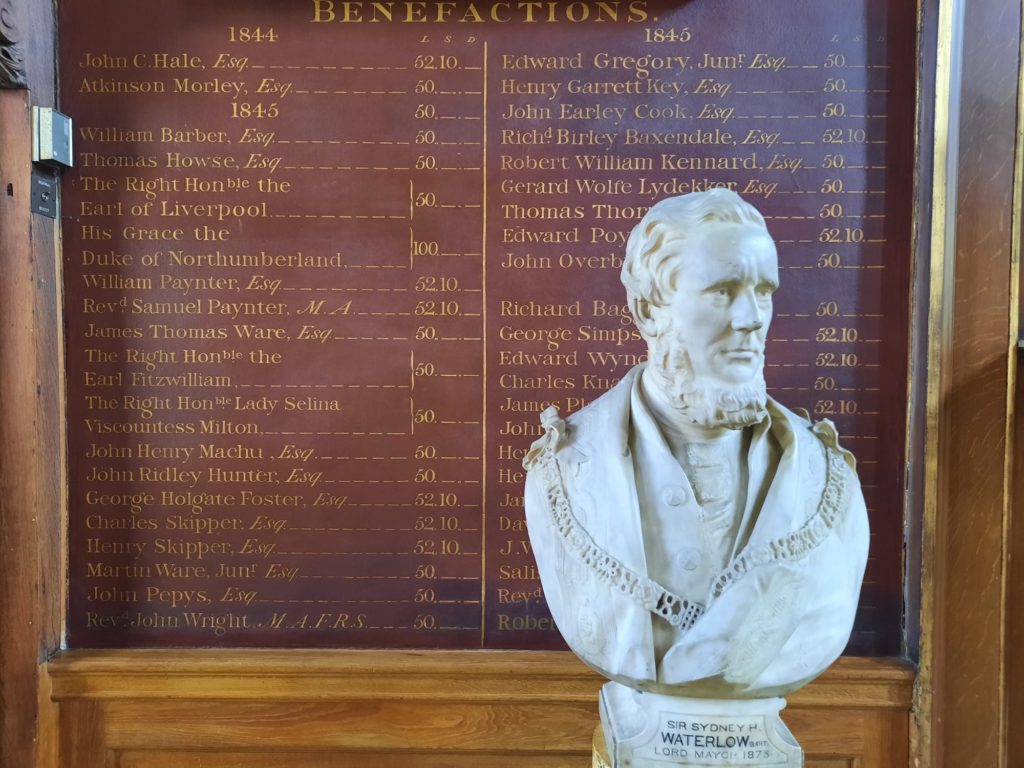
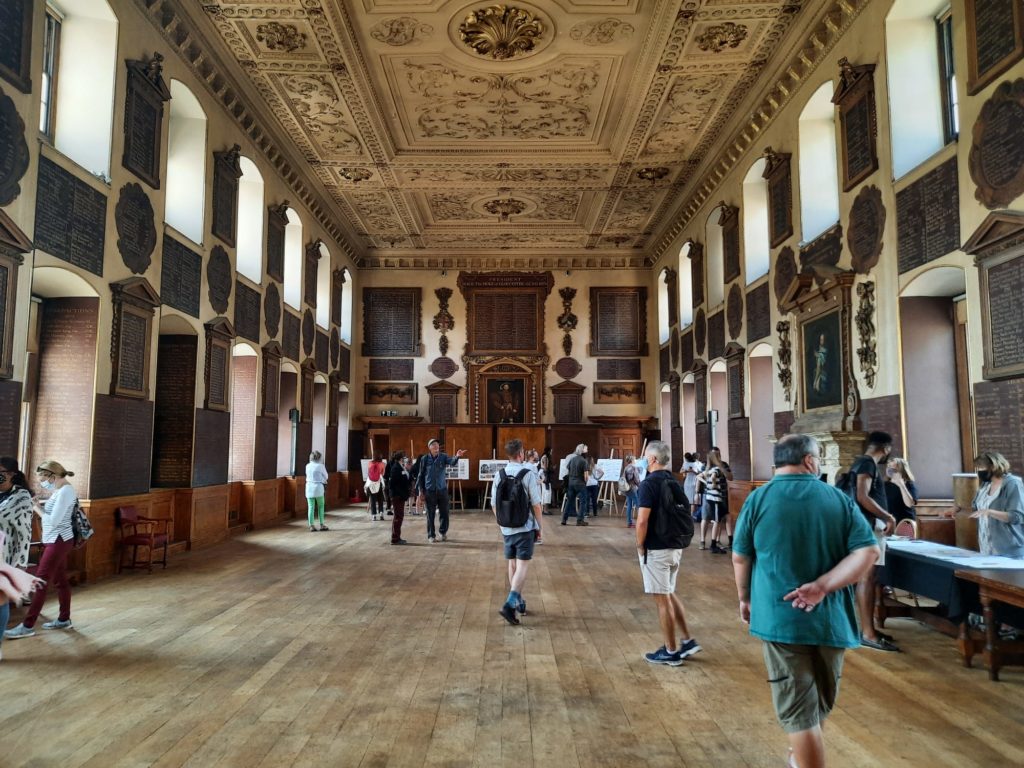
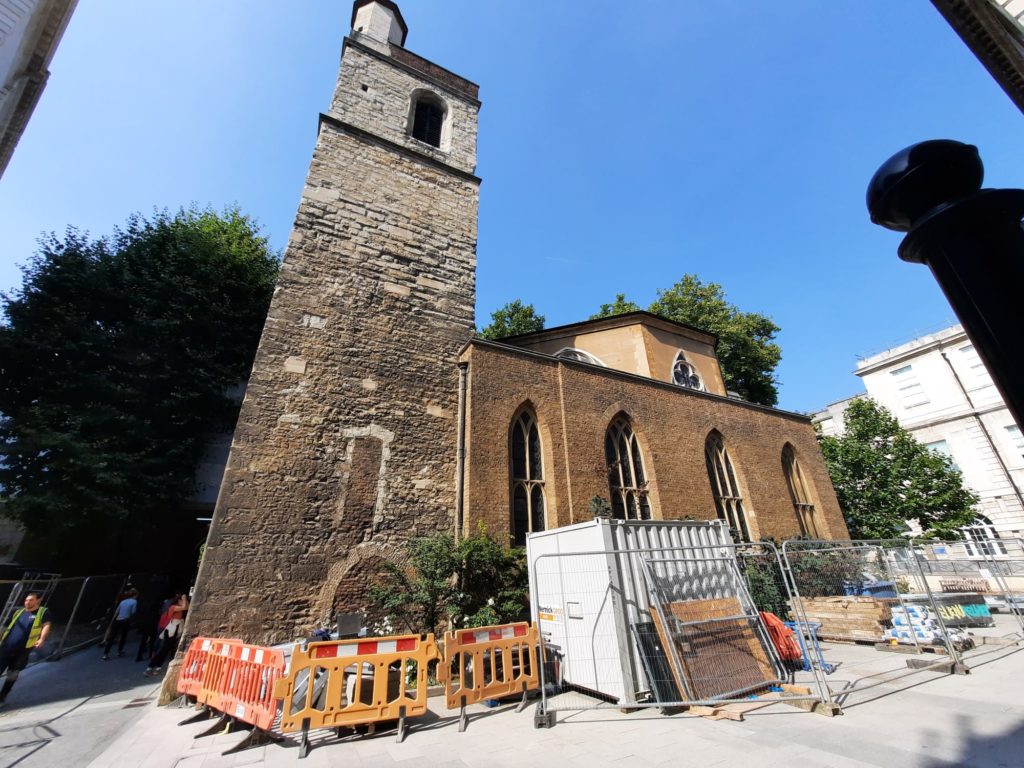
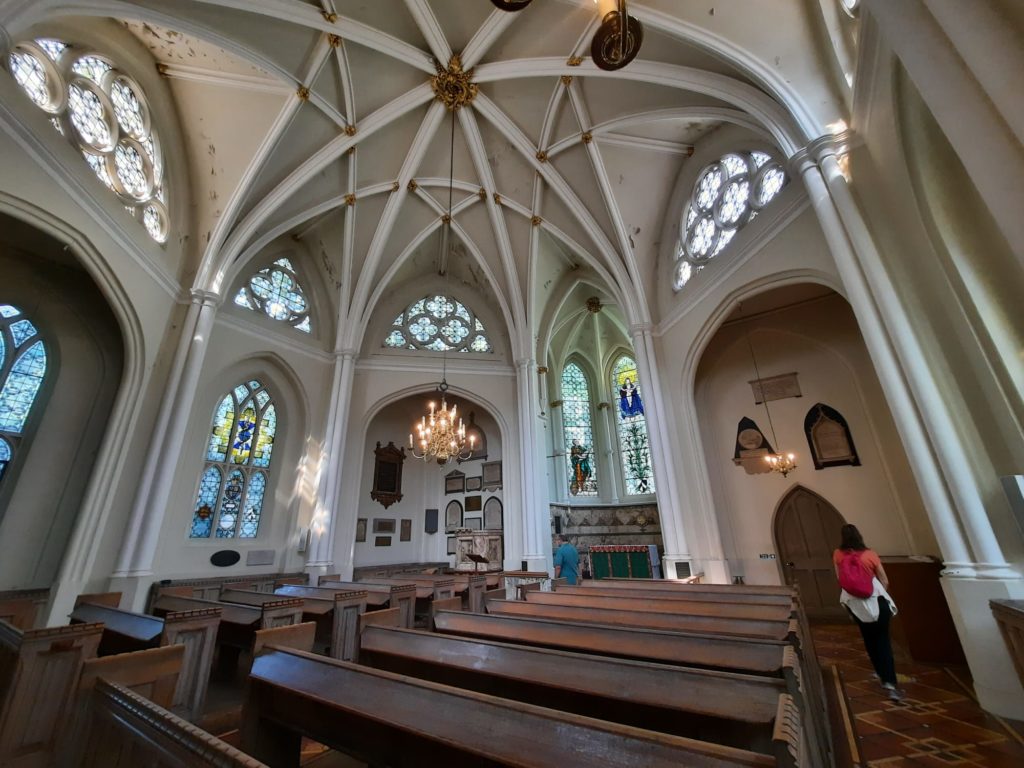
North Wing, St Bart’s Hospital
The final event on my Open House 2021 list was a little different. I visited St Bartholemew’s Hospital, or more specifically its North Wing. St Bart’s, as it’s commonly known, has a long history. Almost 900 years, in fact. The hospital we see today is an 18th Century redevelopment – imposing buildings around a central courtyard. The North Wing was for important functions and entertaining dignitaries; it has a large central hall filled with the names of benefactors, and several paintings. But the main draw is the staircase leading to the Great Hall. William Hogarth, aghast that continental rival Jacopo Amigoni was to do the decoration, offered to do it for free. He painted bibical scenes of healing – The Pool of Bethesda and The Good Samaritan.
Unfortunately, this experience stood out a little for being the least Covid-secure. I had pre-booked, but this didn’t seem to be important; there was quite a queue, and nobody taking details of attendees. It was also possible to visit the St Bartholomew’s Hospital Museum, but it was uncomfortably full. I have left that for another time. St Bartholomew-the-Less, a church on St Bart’s Hospital grounds, was also open and much quieter.
It was nice nonetheless to see the historic North Wing. And particularly to have access to the Hogarth Stair. I just hope to goodness I won’t have to think about distancing etc. by the time Open House 2022 rolls around!
Remaining Open House London 2021 events can be found here.
And you can keep up with other London events here:
If you see this after your page is loaded completely, leafletJS files are missing.

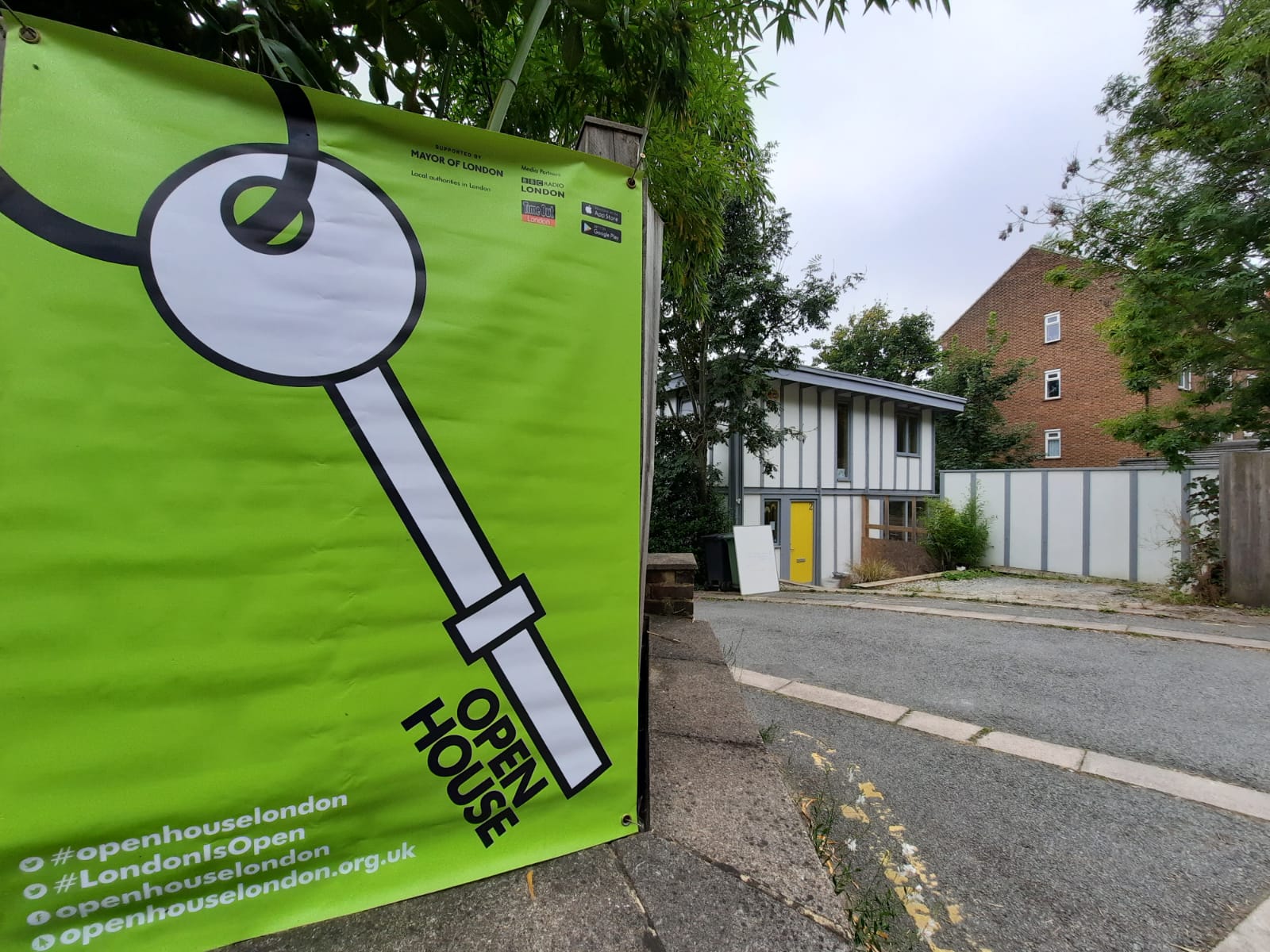
One thought on “Open House London 2021”